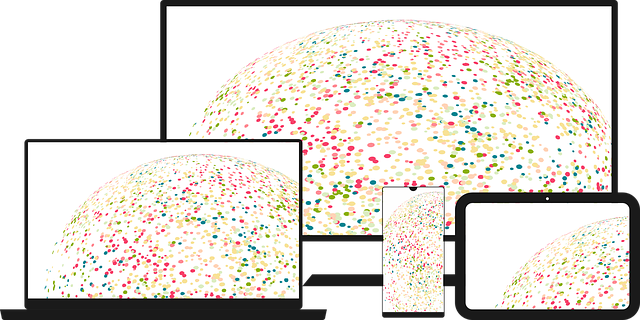Commercial landscaping faces challenges maintaining vast outdoor spaces with limited resources. AI image analysis offers a revolutionary solution for efficient weed management, using advanced visual recognition algorithms to accurately identify weeds. This technology streamlines lot maintenance, enhances aesthetics, and contributes to creating clean, safe, and enjoyable spaces. By automating the process, AI significantly improves productivity, reduces labor costs, and ensures consistent weed control, fostering healthier landscapes. Its integration transforms traditional practices, making maintenance more effective and time-efficient for optimal lot cleanliness and maintenance.
In today’s digital era, commercial landscaping demands efficient solutions for lot cleanliness and maintenance. This is where Artificial Intelligence (AI) steps in with its advanced capabilities, particularly through AI image analysis for weed detection. Understanding Commercial Landscaping and its Challenges sets the stage for exploring how AI revolutionizes weeding processes. The article delves into the role of AI image analysis, highlighting benefits and implementation strategies that enhance lot cleanliness and maintenance.
- Understanding Commercial Landscaping and its Challenges
- The Role of AI Image Analysis in Weed Detection
- Benefits and Implementation Strategies for Lot Cleanliness and Maintenance
Understanding Commercial Landscaping and its Challenges

Commercial landscaping involves the meticulous care and management of large outdoor spaces, including parks, business complexes, and public areas. It demands a delicate balance between aesthetics, functionality, and sustainability. The primary goal is to create and maintain an environment that enhances the overall experience for visitors and tenants while ensuring lot cleanliness and safety through regular maintenance.
One of the significant challenges in commercial landscaping is the consistent upkeep of vast areas, often with limited human resources. Weeds, in particular, can be a persistent problem, as they compete with desired plants for nutrients and water. Traditional methods of weed control are time-consuming and labor-intensive. Here’s where AI image analysis steps in as a game-changer. By employing advanced AI algorithms for visual recognition, the technology can accurately identify weeds, enabling efficient and targeted treatment, ultimately enhancing overall lot maintenance and aesthetics.
The Role of AI Image Analysis in Weed Detection

The integration of AI image analysis in weed detection is transforming commercial landscaping practices, revolutionizing how businesses maintain lot cleanliness and efficiency. This technology utilizes advanced machine learning algorithms to analyze visual data from satellites, drones, or ground cameras, identifying weeds with remarkable accuracy. By examining specific plant characteristics, such as shape, color, and texture, AI systems can distinguish weeds from desired vegetation, allowing for precise targeted removal.
This method offers several advantages over traditional manual methods. It enhances productivity by automating the weed detection process, reducing labor costs and time spent on maintenance. Moreover, it ensures consistent and thorough weed control, promoting a healthier overall landscape. With its ability to analyze large areas swiftly, AI image analysis contributes significantly to sustainable and efficient commercial landscaping practices.
Benefits and Implementation Strategies for Lot Cleanliness and Maintenance

The implementation of AI image analysis for lot cleanliness and maintenance offers a multitude of benefits, transforming traditional landscaping practices. This technology enables efficient detection of weeds, allowing for precise targeting and control. By analyzing images, AI can identify weed species, assess their density, and pinpoint specific areas requiring attention. This data-driven approach optimizes resource allocation, reducing the time and labor typically spent on manual weeding.
Effective strategies for leveraging this technology include integrating AI tools into existing landscaping software, providing training data to teach the system about various weed types, and establishing clear objectives for each lot. Regular imaging and analysis can be scheduled for optimal maintenance, ensuring lots remain clean and well-managed. This proactive approach not only enhances aesthetics but also contributes to a healthier, more sustainable environment.
AI image analysis is transforming commercial landscaping by enhancing lot cleanliness and maintenance. By leveraging intelligent weed detection, professionals can streamline their operations, reduce manual labor, and optimize resource allocation. The benefits are clear: improved visual aesthetics, cost savings, and efficient management of green spaces. Implementing AI in weed detection requires strategic planning, including data collection, model training, and continuous evaluation. Embracing this technology is a step towards a more sustainable and effective future for commercial landscaping.
